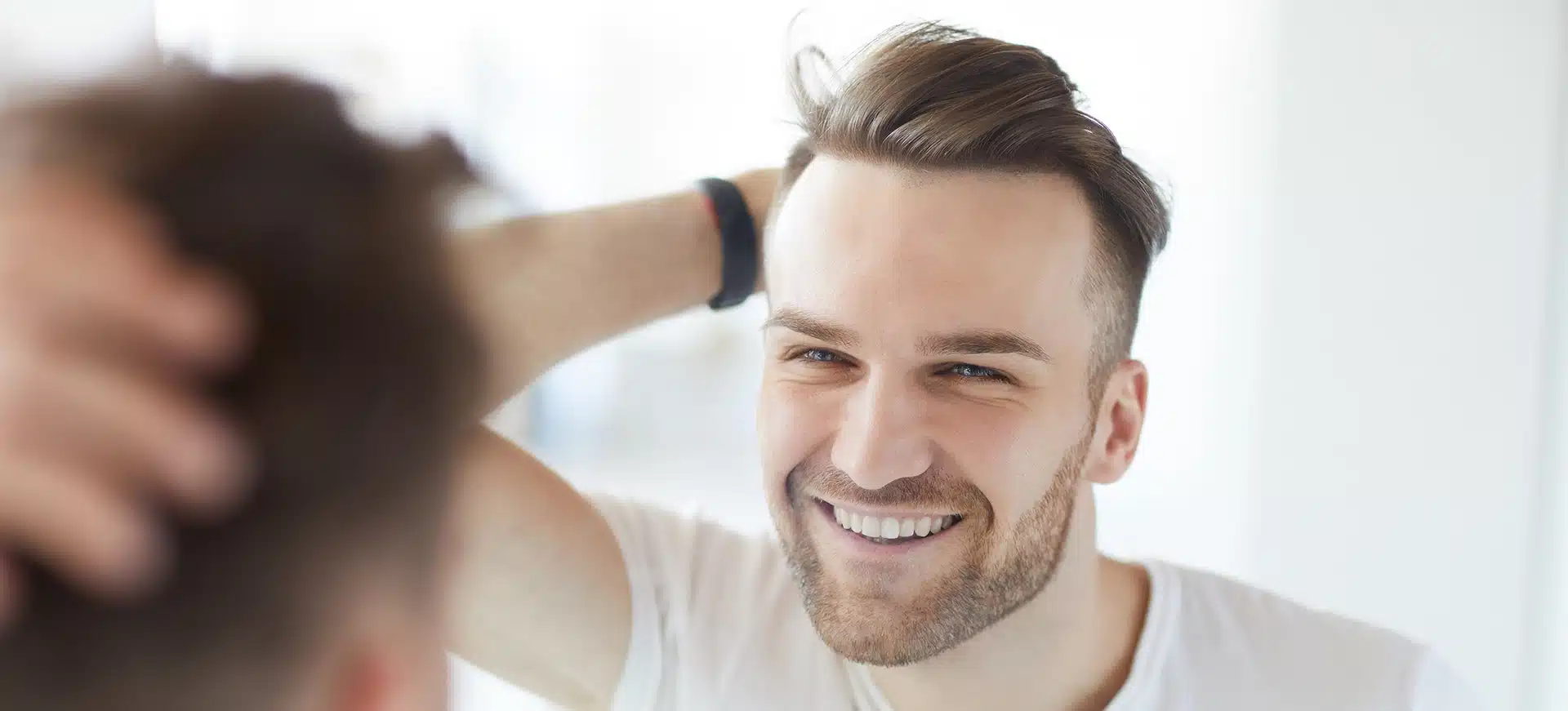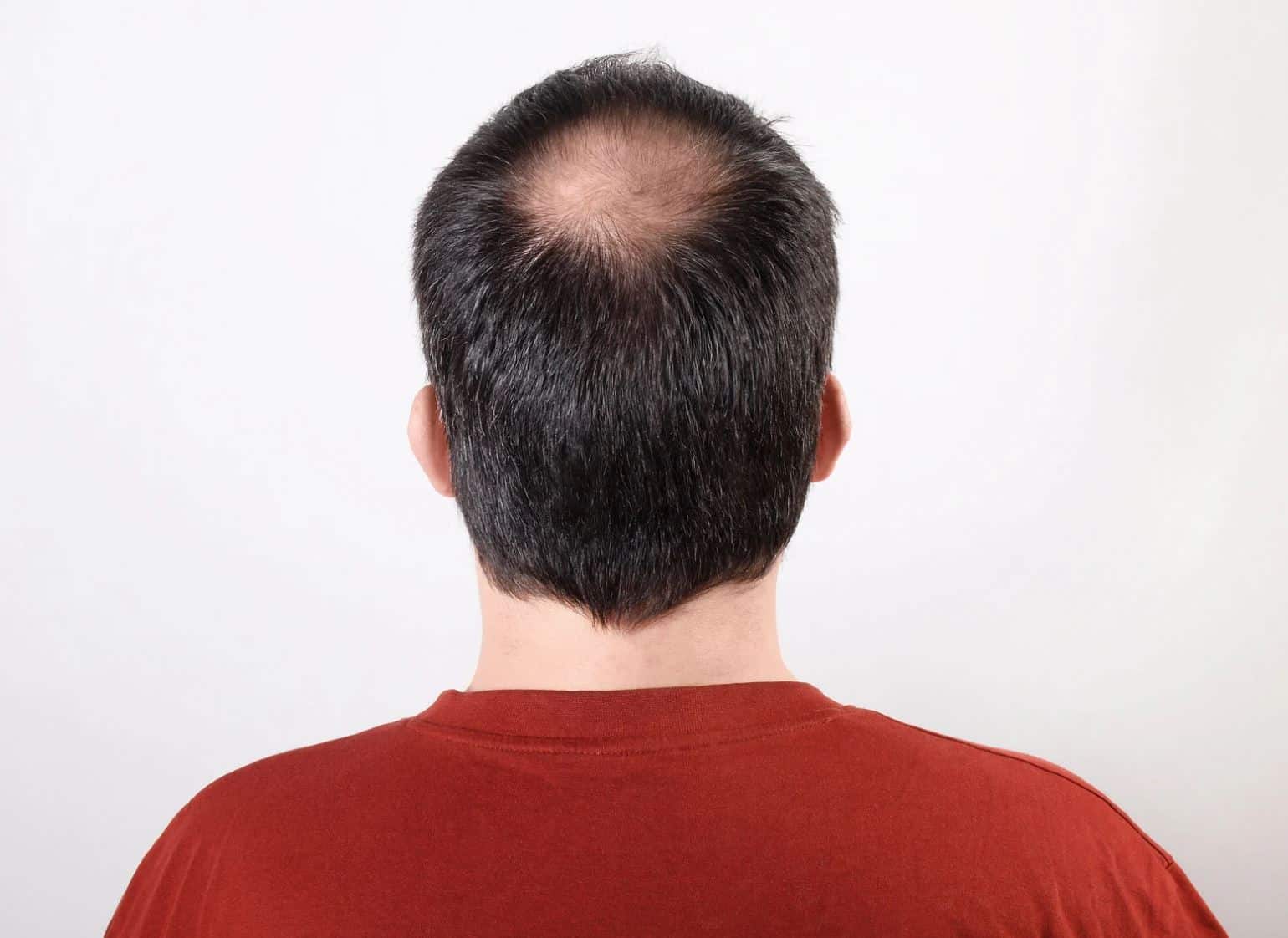If you’re considering a Follicular Unit Extraction (FUE) hair transplant, you probably have plenty of questions about the process and what kind of results you can expect. Let’s break it down into clear, relatable information that feels more like advice from a friend who’s been there.
Common Questions About FUE Hair Transplants
- How long does a FUE hair transplant last?
This is one of the most common concerns for those exploring FUE hair restoration. The good news is that FUE hair transplants are designed to be permanent. The transplanted hair follicles are taken from areas resistant to hair loss (usually the back of your scalp), so they continue to grow in their new location for a lifetime. That said, factors like overall health, aging, and proper aftercare can influence long-term results.
- Will it look natural?
Absolutely. A skilled surgeon will carefully place individual follicles to match your natural hair’s direction, density, and pattern. Many people find that the results are so natural, even close friends won’t notice you’ve had a procedure.
- Is the procedure painful?
Thanks to local anesthesia, most people report minimal discomfort during the procedure. Afterward, you might feel some mild soreness or tightness, but this typically fades within a few days.
- How long is the recovery period?
Recovery is relatively quick. Most people return to non-strenuous activities within a day or two. However, it’s essential to follow post-op care instructions, like avoiding direct sunlight and refraining from vigorous exercise for a couple of weeks.
What Makes FUE Different from Other Hair Transplants?
Unlike older methods, such as the strip procedure (FUT), FUE doesn’t involve a large incision or stitches. Instead, individual hair follicles are extracted and transplanted, leaving tiny, nearly invisible scars. This makes it a popular choice for those who prefer shorter hairstyles or want a less invasive option.
What to Expect on Your FUE Journey
- Consultation: Meet with a specialist to discuss your goals and evaluate whether you’re a good candidate for FUE.
- Preparation: The day before your procedure, wash your hair as directed and get a good night’s rest.
- The Procedure: Expect to spend several hours at the clinic, depending on the number of grafts. Bring headphones or a book to pass the time.
- Post-Op Care:
- Avoid touching the grafted area.
- Use any prescribed shampoos or medications.
- Follow your surgeon’s timeline for resuming activities.
Long-Term Results: What You Need to Know
- Initial Shedding: Don’t panic if transplanted hairs fall out in the first few weeks. This is normal and part of the hair’s growth cycle.
- Growth Timeline: New hair typically starts growing after 3-4 months, with noticeable results by 6-9 months.
- Final Look: Full results are usually visible within 12-18 months.
Why Choose Us for Your Hair Restoration?
At Shapiro Medical Group, we’ve helped thousands of individuals regain their confidence through expert hair restoration. Here’s what sets us apart:
- Experience: Decades of expertise in FUE techniques.
- Personalized Care: We tailor every treatment to your unique needs.
- Convenient Location: Just 10 minutes from the Minneapolis/St. Paul International Airport, making it easy for out-of-town patients.
Contact Us Today
Ready to take the next step? We’re here to help! Reach out to schedule a consultation and start your journey to a fuller, more confident you.
Phone Numbers:
Local: 952-926-2933
Toll-Free: 1-800-843-1989
Email: info@shapiromedical.com
Address:
5270 West 84th St., Suite 500
Bloomington, MN 55437
Directions: From the Minneapolis/St. Paul Airport, take I-494 to Normandale Blvd., turn east on W. 84th St., and look for the Highland Bank Building. We’re on the 5th floor, Suite 500.
Let’s Hear from You!
Have questions about FUE hair transplants or want to share your experience? Leave a comment below or share this guide with someone who’s considering hair restoration. Together, we can help more people feel their best!



